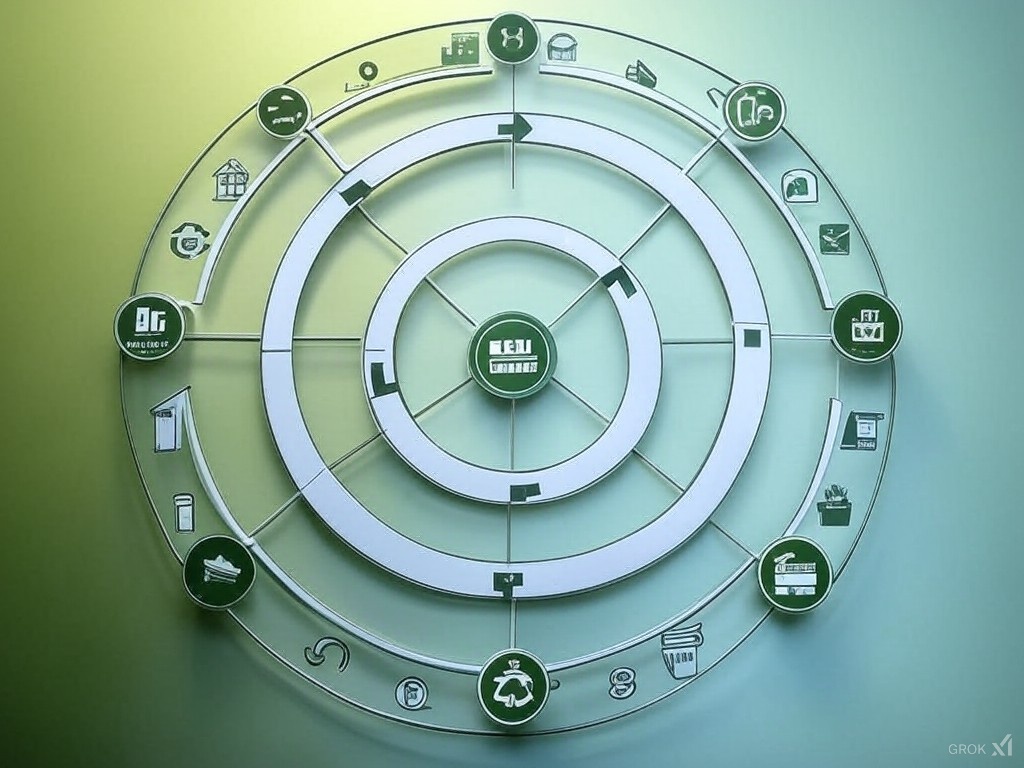
The global agri-food sector faces a pressing challenge: how to feed a growing population while reducing waste and environmental harm. Enter the circular economy—a system where “waste” becomes a resource, closing loops in production cycles. For farmers and agribusinesses, this isn’t just a buzzword; it’s a practical pathway to sustainability and profitability. Let’s explore how circular principles are transforming the industry—and how you can apply them today.
Traditional linear systems—where resources are extracted, used, and discarded—are unsustainable. In contrast, circular models prioritize:
For example, farms in Ghana’s cocoa belt are turning organic waste into nutrient-rich compost, reducing reliance on synthetic fertilizers. This aligns with broader efforts, such as enhancing cocoa production with ERP tools, which streamline waste-to-resource workflows.
Advanced tools like IoT sensors and ERP software help farmers track waste streams and identify reuse opportunities. In the American Midwest, dairy farms use ERP systems to convert manure into biogas, powering operations while cutting methane emissions.
Water scarcity demands innovation. In India’s Deccan Plateau, ERP-enabled drip irrigation minimizes water waste, ensuring every drop supports crop growth. Similarly, California vineyards use drones to detect irrigation leaks, saving water and costs.
Blockchain technology is ensuring transparency in circular supply chains. For instance, U.S. organic farms leverage blockchain to trace compost sources, building consumer trust.
The shift to circularity isn’t just eco-friendly—it’s economically savvy. By reimagining waste as raw material, farmers can cut costs, boost resilience, and meet rising demand for sustainable products. As ERP solutions continue to evolve, the tools to succeed are already here.
Ready to transform waste into wealth? Start small, think creatively, and let technology guide the way.
For more actionable insights, explore our guides on AgTech innovations and risk management in futures markets.
Find Agriflow in other countries of Africa